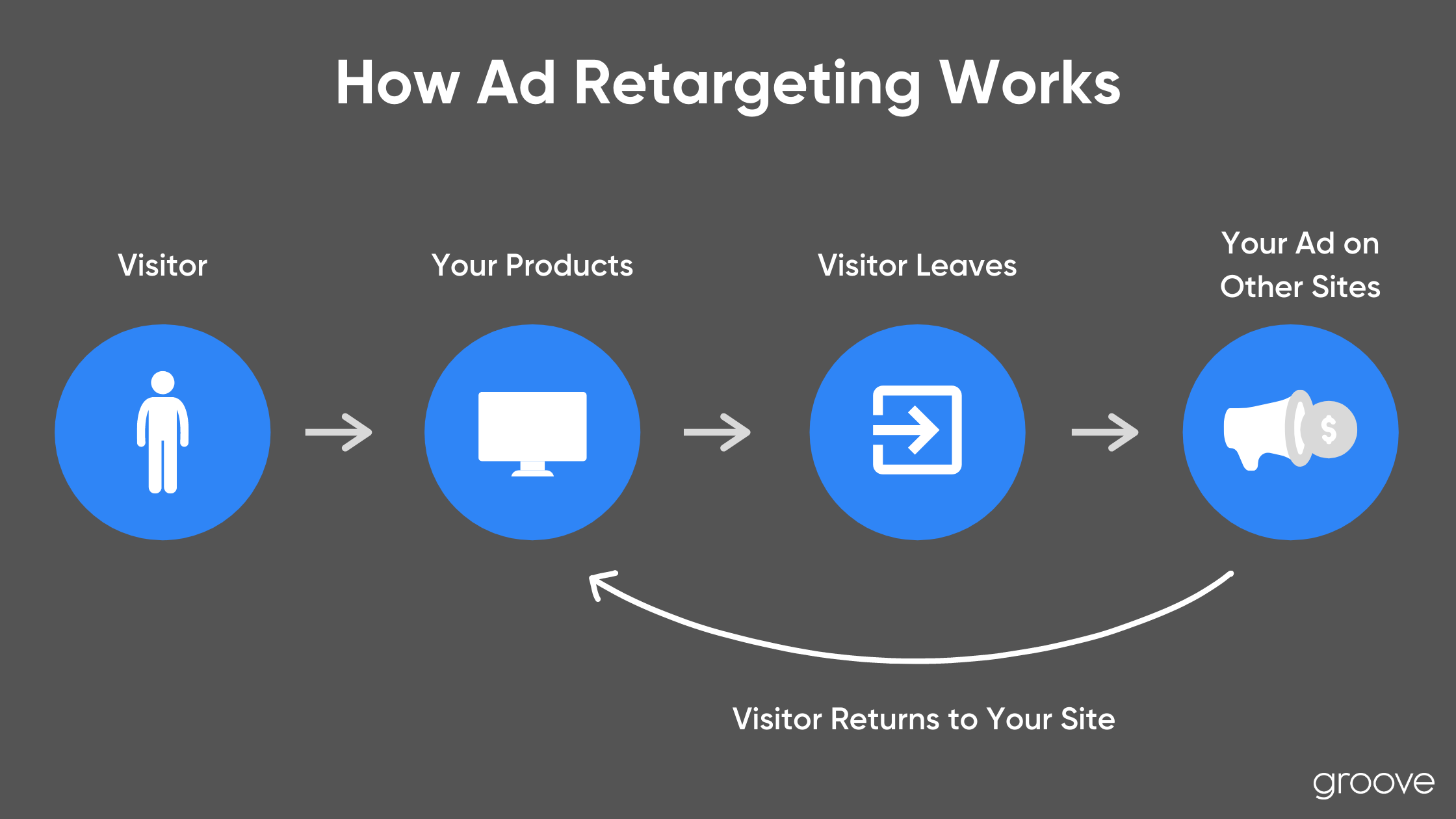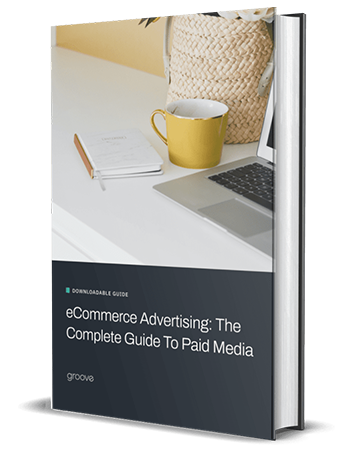When it comes to eCommerce, pay-per-click marketing is a great way to reach customers who are actively searching for products like yours. In fact, the average eCommerce website gets nearly 24 percent of its traffic from paid search ads, and 19 percent of marketers say that paid search is their most lucrative method.
If you'd like to get your content in front of the right audience and display your ads at the top of search engine results by leveraging eCommerce advertising, here are four powerful paid search strategy tips that you can use to get started:
Paid Search Strategy: Four Tips
Many eCommerce businesses struggle to decide which online marketing method is better: SEO or paid search. In this blog post, we're sharing four tips on how to optimize campaigns and increase revenue:
- Use audience targeting
- Conduct a competitive audit
- Use Google shopping, search, and display ads
- Leverage retargeting, reporting, and optimization
1. Use Audience Targeting
Identify audience intent by taking a look at the types of phrases and keywords that your audience searches for. Though the intent behind a search can vary immensely, audience targeting is a great starting point when you want to segment users.
Attract high-intent shoppers by narrowing your potential audience to reach the people who most resemble your core customer base. From there, specifically target different segments of customers, leads, or prospects by sending the offers that are most relevant to their needs.
To help your eCommerce store find the right audience, we recommend that you consider the following when you develop a paid search strategy:
- Affinity markets
- Interests
- Demographics
- Purchase intent
Affinity audiences help eCommerce businesses reach people with enthusiasm for a specific topic (based on their lifestyle and habits). Consider customers' interests when using paid media platforms, like Facebook or Instagram, to determine if you want to target them.
Cater ads to certain demographics that benefit your promotion—relevant demographic traits can range from location to age group or education level. However, just because someone fits a certain demographic and has interests similar to those of your existing customer base doesn’t necessarily mean that they want to (or are ready to) purchase items from your store.
Lastly, target high-intent customers by advertising to those who search for long-tail keywords. Although long-tail keywords generate much less traffic, they usually have higher conversion rates due to their specificity. For example, a potential customer who searches for a "professional camera" is still in the awareness or consideration stage of the buyer's journey. Someone who searches for a "Nikon D5600 DSLR camera" is likely to be in the decision stage and ready to make a purchase.

As the targeting features on platforms like Google Ads and Facebook Ads continue to gain sophistication, brands can reach their target audiences with greater precision than ever before. Facebook, for example, allows you to implement eCommerce retargeting strategies by targeting shoppers who have clicked on your ads in the past. Google Ads lets you leverage predictive targeting to reach the users who are most likely to convert. Both platforms have also started to employ AI-powered targeting, allowing marketers to target and personalize their campaigns based on advanced AI analysis.
2. Conduct a Competitive Audit
Analyze the competitive landscape to differentiate your business and reach new customers. Determine what keywords your competitors use to target PPC ads, and consider adding those terms to your ad groups. The ideal keywords have high search volumes and low competition. To perform keyword research more easily, consider using a tool like Ahrefs or SEMrush. These tools offer a variety of features that help identify high-performing keywords, so they’re must-haves for PPC optimization.
Look to see if there's an audience overlap between your brand and a competitor. If so, consider implementing strategies that your competitor is using to increase the response rate. The same thing goes for product overlap—see what strategies are being used by competitors who sell similar products or services.
You can then use these competitive insights to create unique selling propositions in your ads. For example, if your competitor emphasizes fast delivery in their ads, but you offer rapid delivery and free shipping, you can highlight this fact as a selling point in your Google Shopping ads.
3. Use Google Shopping, Search, and Display Ads
Using different types of ads will enable you to reach your customers wherever they are in the buyer’s journey. We recommend that you use a combination of ad formats to attract, engage, and nurture customers through the marketing funnel. No matter the ad format you choose, be sure to optimize your campaigns around high-impact keywords that increase web traffic at a low cost per click (CPC).
Google Shopping ads provide a strong visual of your product, its price, your store's name, and other rich product information. Recent updates to Google Shopping include AI-enhanced visuals and personalized buying recommendations, making these ads even more effective at engaging users.
Search ads are great for targeting high-intent users and driving traffic from queries that don't involve keywords. With advancements in responsive search ads (RSAs), Google now automatically optimizes headlines and descriptions to better match queries.
Finally, display ads typically appear on websites in the Google Display Network (instead of Google search pages). They help to increase brand awareness.
These eCommerce advertising formats offer different benefits. With Google's new Performance Max feature, you can automatically leverage all three formats. This tool uses AI to determine the optimal mix of Google Shopping, search, and display ads for your campaign.
4. Leverage Retargeting, Reporting, and Optimization
Have you ever looked at a product without purchasing it, only to see an ad for the same item a day later? That’s retargeting in action. It’s an effective strategy to nurture website visitors, guide them back to your site, and encourage them to finish purchasing items that they previously viewed or left in their online shopping carts.

Today, many ad platforms offer capabilities that can help you implement advanced eCommerce retargeting strategies. For instance, dynamic retargeting lets you display personalized ads featuring the exact products that users interacted with on your site. Look-alike audience functions go beyond targeting past visitors to let you reach new customers who share traits and behaviors with your existing audience.
It's also important to leverage reporting as a tool for PPC optimization. By tracking metrics like Return on Ad Spend (ROAS), Click-Through Rate (CTR), Cost Per Click (CPC), and Conversion Rate (CVR), you can accurately evaluate how well your campaigns achieve their goals. Subsequently, you could use A/B testing to test ad variations, such as different images or headings, to see which versions have the biggest impact on these metrics.
We recommend partnering with an eCommerce PPC agency, such as Groove Commerce, that leverages detailed reporting and optimization to reduce the cost per click, maximize ROI, and help you reach new customers. Check out how we helped a client increase ad-based revenue by over 180 percent with paid media support.

Leveraging Automation in PPC
Automation features on platforms like Google Ads don’t only help marketers save time; they can be used to optimize campaigns for top-notch performance. Google’s Smart Bidding feature, for example, lets you use machine learning to optimize your bids for more conversions and revenue in real time. Rather than having to guess and repeatedly adjust bids manually, automation allows you to ensure that your bids are constantly aligned with campaign goals.
By leveraging automation in PPC, you could automatically optimize your campaigns to increase their effectiveness. You can also make them much more scalable. This is a must for brands that manage large, complex campaigns, but every paid search strategy can benefit from the advantages provided by features like automated bidding.
Trends in Paid Search for eCommerce (2024)
Numerous emerging trends are poised to shape the future of eCommerce advertising. AI-powered ad management is one that we've already touched upon. As artificial intelligence continues to become more sophisticated, the ability to create campaigns that are automated, optimized, and personalized via AI will also continue to advance.
Voice search is another trend that has gained traction. Voice search ads will give marketers the option to reach customers in a brand-new way, targeting conversational queries that may differ from typical search phrases.
Of course, trends can't always be positive. One significant headwind for PPC marketers is the growing competition in this space and the higher costs resulting from it. With the average cost per click of PPC ads continuing to rise, it will be more important than ever for advertisers to concentrate on high-value keywords and precise audience targeting.
Conclusion
Implementing a unique paid search strategy is crucial when you want to attract new shoppers and nurture existing customers. It’s also vital to make sure your website performs well when potential buyers visit it. To learn more about how Groove's website and marketing services can help transform visitors into repeat customers, feel free to contact us with any questions or concerns. A member of our team will be in touch shortly!

eBook
eCommerce Advertising:
The Complete Guide to Paid Media
Explore tags:
About the author
Subscribe to the Groove Newsletter
Get the latest updates and insights straight to your inbox






